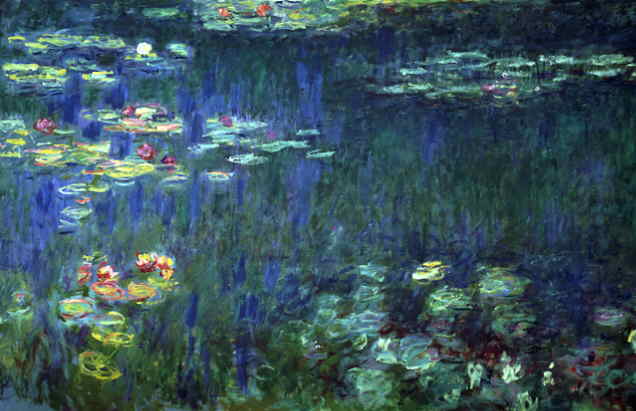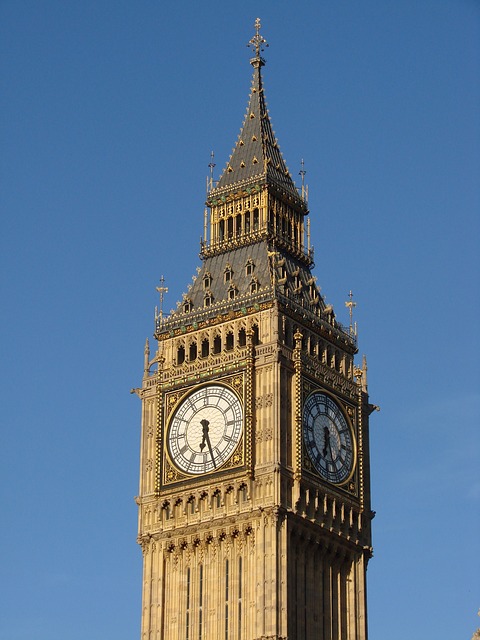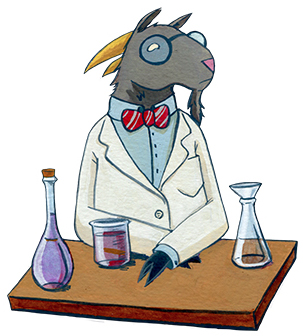Difference between revisions of "Power of Art"
From Londonhua WIKI
| Line 18: | Line 18: | ||
<br> | <br> | ||
I suggest you save this section for last. Describe the essence of this project. Cover what the project is and who cares in the first two sentences. Then cover what others have done like it, how your project is different. Discuss the extent to which your strategy for completing this project was new to you, or an extension of previous HUA experiences. | I suggest you save this section for last. Describe the essence of this project. Cover what the project is and who cares in the first two sentences. Then cover what others have done like it, how your project is different. Discuss the extent to which your strategy for completing this project was new to you, or an extension of previous HUA experiences. | ||
| − | |||
| − | |||
| − | |||
| − | |||
| − | |||
| − | |||
<br><br> | <br><br> | ||
Revision as of 16:31, 9 May 2017
Power of Art
by Sofia Reyes
 Water Lilies |
Contents
Abstract
I am aiming to influence the readers to believe that art is more than just seeing paintings in a Museum, art has a power in the world. Art has beeing part of my life since I was really little. I attended art classes since i was 6 years old. I have always like to express myself in Art. This can and should be very similar to the paragraph you use to summarize this milestone on your Profile Page. It should contain your main Objective, so be sure to clearly state a one-sentence statement that summarizes your main objective for this milestone such as "a comparison of the text of Medieval English choral music to that of the Baroque" or it may be a question such as "to what extent did religion influence Christopher Wren's sense of design?"
Introduction
I suggest you save this section for last. Describe the essence of this project. Cover what the project is and who cares in the first two sentences. Then cover what others have done like it, how your project is different. Discuss the extent to which your strategy for completing this project was new to you, or an extension of previous HUA experiences.
Art Background
Now you're on your own! Your milestone must include a thorough and detailed background section with detailed subsections; if additional articles are required to be referenced in this background section, create those as well and link to them (the creation of all pages is tracked by the wiki site and attributed to your username). Remember to use rich multimedia whenever possible. Consult the Help page as needed! Remember, if you don't see an article on this site that is an integral part of your project, create it! Your entire page-creating/page-editing history factors into your overall grade.
Modern Art from 1870 to 2000
Impressionism was founded by revolutionary artists such as started with Claude Monet, Camille Pissarro and Pierre Renoir, among others. Accused by critics as sketches or impressions and not finished art this artists painted the appearance of reality. Impressionist were too fond of free imagination and rejected objectivity and intellectualism. Throughout history individuals have questioned whether Impressionists based their style only on sensation. Those who contend that their divison of colors followed the scientific theories of Chevereu, Maxwell, and Rood. However, a letter written by Pissarro in 1886 explains that the idea of applying scientific theories to paintings originated with Seurat. This started a new style in reaction against Impressionism, called neo-Impressionism or Pointillism.
Impressionism started in the early 1870’s as an interval of time between Realism and Symbolism. Artists were detached from objectivity and based their ideals upon sensation. Ideals such as expression of sensations derived from nature without any preconceived knowledge of nature. Many artists used short brush strokes and unblended vivid colors focusing in the effects of light. This style gave many works of art in this period a sense of spontaneity and MODERNITY. It can be said that Monet is the father of Impressionism with his new technique of immediate perception. We can admire this technique in a painting in the Worcester Art Museum called Water Lilies (1908). You can observe how he captures the light and the pond as he was observing. Monet once said, “I perhaps owe having become a painter to flowers”. In this pond we can find a cluster of lilies with the reflection of sky and trees. His idea ever-changing image, the indefinite and freely painted forms also point the way toward the more expressive painting techniques. By capturing the moment as quick as possible the pond seems realistic but with not as clearly defined contour lines.
Modern Art from 2000 to Present
...and so on and so forth...
Conceptual Art
...and so on and so forth...
Art in London
Now you're on your own! Your milestone must include a thorough and detailed background section with detailed subsections; if additional articles are required to be referenced in this background section, create those as well and link to them (the creation of all pages is tracked by the wiki site and attributed to your username). Remember to use rich multimedia whenever possible. Consult the Help page as needed! Remember, if you don't see an article on this site that is an integral part of your project, create it! Your entire page-creating/page-editing history factors into your overall grade.
National Gallery
...use as many subsections or main sections as you need to support the claims for why you did what you did for your Deliverable section...
Interpretation of Art
In this section, provide your contribution, creative element, assessment, or observation with regard to your background research. This could be a new derivative work based on previous research, or some parallel to other events. In this section, describe the relationship between your background review and your deliverable; make the connection between the two clear.
Politics
...use as many subsections or main sections as you need to support the claims for why what you did related to your Background section...
Future
...and so on and so forth...
Gallery
Conclusion
In this section, provide a summary or recap of your work, as well as potential areas of further inquiry (for yourself, future students, or other researchers).
References
Add a references section; consult the Help page for details about inserting citations in this page.
Attribution of Work
For milestones completed collaboratively, add a section here detailing the division of labor and work completed as part of this milestone. All collaborators may link to this single milestone article instead of creating duplicate pages. This section is not necessary for milestones completed by a single individual.
External Links
If appropriate, add an external links section
Image Gallery
If appropriate, add an image gallery
Category tags
Don't forget to add category tags!!! Your Milestone Pages MUST contain one "Project" Category tags like this:
[[Category:Art Projects]]
[[Category:Music Projects]]
[[Category:Philosophy & Religion Projects]]
[[Category:Drama & Theater Projects]]
[[Category:Writing & Rhetoric Projects]]
[[Category:History Projects]]
[[Category:English Projects]]
...and NO OTHER TAGS except for the year the project was completed by you, like this:
[[Category:2017]]
See the Category Help page for assistance. Don't include irrelevant category tags in your Milestone page (like the Template category!)
Delete this entire "Category section" when editing this page--Categories don't need a heading.



